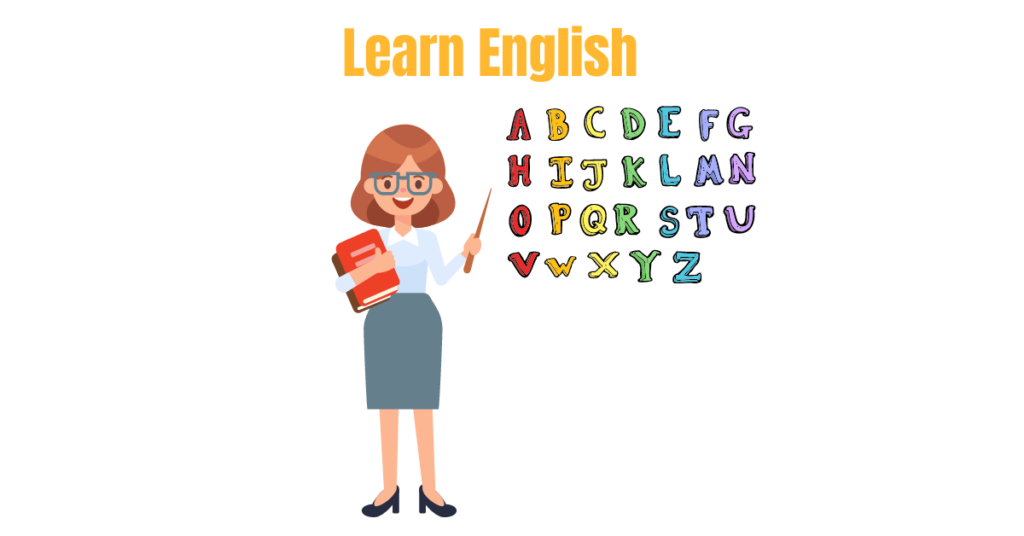Simple Present tense Slideshow and Quizzes
[h5p id=”33″]
Before we dive into the simple present tense, let’s define what a verb is first.
If we know the verb in a sentence, it is now easy to form the simple present tense.

Here are some examples.

The texts in red are all verbs.

Remembering these two basic structures for the Present simple tense is a must.

More examples:
He watches
TV at home.
She plays
with her friends.
“Watch” and “play” are action verbs.

More examples.
My mom is
a teacher at the elementary school.
Her sister is
a doctor at the nearby hospital.

To master how to construct correct sentences in English, let’s always remember that if the subject of the sentence is singular, the verb must take the singular form. For example, My dad, My brother, He, and She (3rd person singular).

In the example above, the subject is “Jake.” It is singular since it refers to one person. In that case, the verb “like” should be in its singular form.

To make simple present tense, identify if the subject is singular or plural. Again, if the subject is singular, we add an -s or -es to the base form of the verb. If the subject is plural, we do not add an -s or -es to the base form of the verb.
There are exceptions to this rule.
If the last letter of the action verb ends in -y, and the subject is singular. We drop -y and add -ies to the word.
For example:
“cry” becomes “cries”
“fly” becomes “flies”
She cries a lot whenever she sees a kitty.
The bird flies high up in the sky.

Let’s talk about plural pronouns.

When do we use simple present tense?

Here are some examples.

Here are more examples.

That’s all for today’s lesson and see you next time.

Present simple tense worksheet
Latest posts





Recent comments